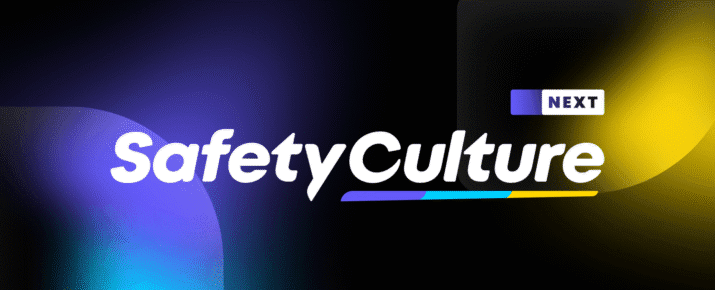Machine Learning Knows What You Want, but Deep Learning Knows What You Need
SafetyCulture News | By | 28 Aug 2018 | 2 minute read

Tech that anticipates what you want is everywhere. Machine learning enables smart software and apps to suggest things that will interest you most—from music to movies to holiday destinations—and streamline your experience at work. Imagine if that same technology could anticipate problems and prevent them. Deep learning makes that possible.
The data that’s used to suggest helpful shortcuts can also be used to anticipate problems before they arise. With applied information technology, the more data there is, the more knowledge a program has – and the more it can do with that knowledge, as someone with a Master of Information Technology would recognize, enabling more effective solutions.
It’s a field of AI that is modelled on the human brain, and the practical possibilities are endless. Deep learning programs are inspired by the layers upon layers of neurons in the neocortex – the place where 80 per cent of thinking occurs in the brain. For decades, trying to get computer programs to act like the brain have been largely unsuccessful, but in recent years increasingly powerful computers and better mathematical formulas have propelled deep learning from the ream of the possible to the realm of the probable.
That makes deep learning an incredibly useful tool for risk management. With the right information, artificial intelligence can be employed to prevent dangerous problems, or even just inconvenient ones. Deep learning can identify patterns and anomalies in data that is entered into a system and use it to find weaknesses and flaws. It can also track things like the vibrations emitted by machinery and equipment and predict when something might fail.
The applications of software that have the analytical capacity of the human brain but the precision of a computer are endless. In 2014, the European Food Safety Authority used machine learning software that delved into deep learning to map and identify food safety risks. Deep learning is also catching on in the construction industry, as a way to help manage and prioritise issues.
“The algorithms are able to understand and predict complex things like whether an issue would cause a potential water infiltration if not addressed. The system makes use of the descriptions that many quality managers across projects have observed when they monitor their projects,” writes Anand Rajagopal in a post on Medium, explaining his work on a construction-based machine learning project.
These types of projects are increasingly common and with detailed data sets there’s endless potential to make workplaces safer and more efficient. Just as deep learning has brought the idea of the self-driving car closer to fruition than anything that came before, it’s also possible that the same ideas that created Google Assistant or Amazon’s Alexa can be applied to supply chains, worksites and staff management.
What if every time you completed an inventory, ran through a checklist, or logged staff hours, the data was being applied to ensure that everything was running as smoothly and safely as possible? What if AI could let you know before the next big setback? We’re not quite there yet, but deep learning is making that kind of office assistant a reality.
SafteyCulture’s new in-app feature Sites employs machine learning and deep learning to make your life easier. Read more about it here.
Important Notice
The information contained in this article is general in nature and you should consider whether the information is appropriate to your specific needs. Legal and other matters referred to in this article are based on our interpretation of laws existing at the time and should not be relied on in place of professional advice. We are not responsible for the content of any site owned by a third party that may be linked to this article. SafetyCulture disclaims all liability (except for any liability which by law cannot be excluded) for any error, inaccuracy, or omission from the information contained in this article, any site linked to this article, and any loss or damage suffered by any person directly or indirectly through relying on this information.





